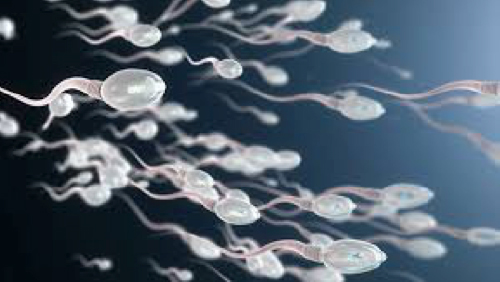Source: European Society of Human Reproduction and Embryology Jul 11, 2018 6 years, 9 months, 1 week, 1 day, 8 hours, 36 minutes ago
Despite many study results suggesting that antioxidants have a positive effect on abnormal sperm parameters associated with male infertility, a large US clinical trial of 174 couples has found that an antioxidant formulation taken daily by the male partner for a minimum of three months made no difference to sperm concentration, motility or morphology, nor to the rate of DNA fragmentation.
Results of the study, which was performed in eight American fertility centres with the support of the National Institutes of Health, are presented today at the 34th Annual Meeting of ESHRE by Professor Anne Steiner from the University of North Carolina at Chapel Hill, USA.
All men in the study had been diagnosed with male factor infertility, reflected in sub-normal levels of sperm concentration, motility, or morphology, or higher than normal rates of DNA fragmentation. These sperm parameters were measured at the start of the trial and at three months. In between, the men allocated to the antioxidant intervention were given a daily supplement (in tablet form) containing vitamins C, D3 and E, folic acid, zinc, selenium and L-carnitine; the control group received a placebo.
At three months, results showed only a "slight" overall difference in sperm concentration between the two groups, and no significant differences in morphology, motility, or DNA fragmentation measurements. Sub-group analysis (according to different types of sperm abnormality) found no significant differences in
sperm concentration (in oligospermic men), motility (in asthenospermic men), and morphology (in teratospermic men). There was also no change seen after three months in men with high rates of DNA fragmentation (28.9% in the antioxidant group and 28.8 in the placebo group).
A further endpoint of the trial was natural conception during the initial three month study period, but this too did not differ between the two groups of the entire cohort—a pregnancy rate of 10.5% in the antioxidant group and 9.1% in the placebo. These rates were also comparable at six months (after continued antioxidant or placebo for the
male partner and three cycles of clomiphene and intrauterine insemination for the female partner).
As background to the trial, the authors explain that many of the previous studies in which antioxidants have been linked to improvements in sperm quality have been limited by small numbers, heterogeneity in patients, variety of antioxidant, and non-clinical endpoints. This study, therefore, was designed to close these gaps in knowledge and provide a stronger evidence base.
In commenting on this randomised controlled trial, Steiner said it was one of the largest of its kind with a "well characterised" study population. Explaining the three-month study period, she said that spermatogenesis and transport together take approximately 74 days, but that reactive oxygen species have a greater negative effect during the much shorter
sperm transport phase rather than during spermatogenesis; thus, antioxidants are thought to have benefit even after a short interval.
As a result and based on findings from this large clinical trial, Steiner and her colleagues now conclude that "the results do not s
upport the empiric use of antioxidant therapy for male factor infertility in couples trying to conceive naturally".
References: Abstract O-064, Monday 2 July 2018: Antioxidants in the treatment of male factor infertility: Results from the double blind, multi-center, randomized controlled Males, Antioxidants, and Infertility (MOXI) trial
Provided by:
European Society of Human Reproduction and Embryology 